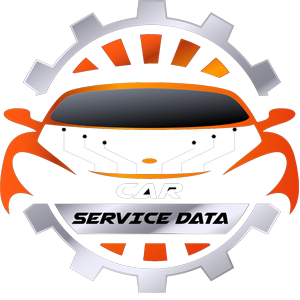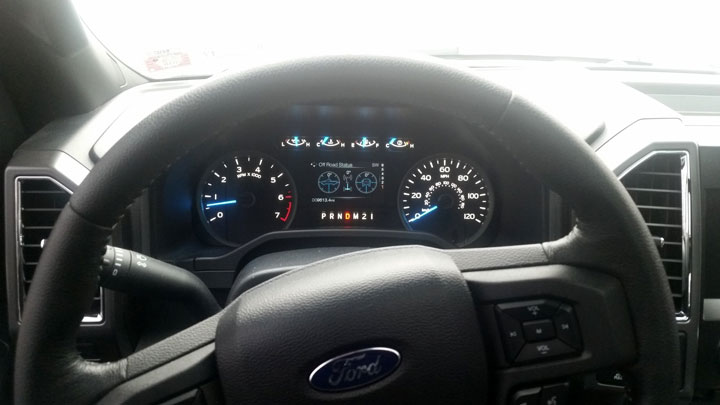4 Causes of a Steering Wheel That’s Off-Center
Ever puzzled by a crooked steering wheel in a straight-driving car? This head-scratcher signals some type of misalignment issue that warrants your attention.
We’ll look at the root causes of vehicle and steering wheel misalignment, how to fix an off-center steering wheel, and whether or not you should even continue driving in the meantime.
Definition of an Off-Center Steering Wheel
An off-center steering wheel refers to a situation where the steering wheel spokes are tilted to the left or right when the vehicle continues straight ahead on a straight flat road. In most cases, this is caused by misalignment or another issue.
However, this may also be caused by the natural tendency of vehicles to drift to the low side of the road crown, which is a slope designed to help rain water drain from the road surface.
While tires and vehicles are designed to counteract the effect of typical road crown, they may not fully counteract the effect of a highly crowned road or a freeway that slopes in both directions.
Why Is My Steering Wheel Crooked?
As mentioned above, the vast majority of issues pertaining to a steering wheel’s off-center orientation, come as the direct fault of a poor front-end alignment. However, the root cause of this misalignment often differs on a case-by-case basis.
Rectifying such an issue often requires one to diagnose the root cause of the misalignment itself. The following are several of the most common causes of front-end misalignment.
1) Normal Wear & Tear
Every vehicle’s front end will begin to age with time, presenting additional free-play within critical bushings and sockets. This excess play will eventually cause a vehicle’s alignment to stray from stock specifications. It is for this reason that most major tire manufacturers recommend a front-end alignment, directly following four tire replacements.
While a certain degree of front-end component wear is to be expected with time, extreme wear will require the replacement of all affected steering/suspension components. If such components are not replaced, one can expect their vehicle to require further alignment in the very near future.
2) Component Damage
Though somewhat rare, any number of a vehicle’s critical steering and suspension components can be damaged following a sudden blow. This often occurs when a pothole is traversed at high speeds, or when contact is made with a curb while a vehicle is in a forward motion. This direct shock is transferred throughout a vehicle’s front end, often damaging the weakest of components in the process.
When one or more of a vehicle’s critical steering components are damaged, the front-end geometry is adversely affected. This instantly alters a vehicle’s front end alignment, often altering the orientation of a vehicle’s steering wheel. Issues of this nature are only rectified by replacing all affected components and repeating the specified alignment procedure.
3) Wreck Damage
Even more detrimental to a vehicle’s front end alignment is the damage which is often incurred during a collision. A wreck that affects the front end of a vehicle can easily damage a number of critical steering/suspension components.
Many of these components directly affect a vehicle’s toe, caster, and camber values, thereby impacting alignment. However, unlike basic component damage incurred when striking a pothole, wreck damage often proves far more significant.
In many cases, a vehicle’s various steering/suspension mounts are critically affected during a wreck. This is generally the case in any situation where frame damage of one degree or another has resulted.
Unfortunately, damage of this type is not always repairable, at least without drastic intervention, which often proves too costly to move forward with.
4) Ride Height Modifications
A vehicle’s steering and suspension systems are expertly tuned to provide superior handling and ride quality. However, this is only true if a vehicle’s stock ride height has not been modified for any reason.
This brings a vehicle’s alignment back within specification and ensures that your vehicle travels in a straight, true fashion. As a side benefit, having a vehicle aligned also positively impacts tire wear, thereby allowing you to get the most bang for your buck.

